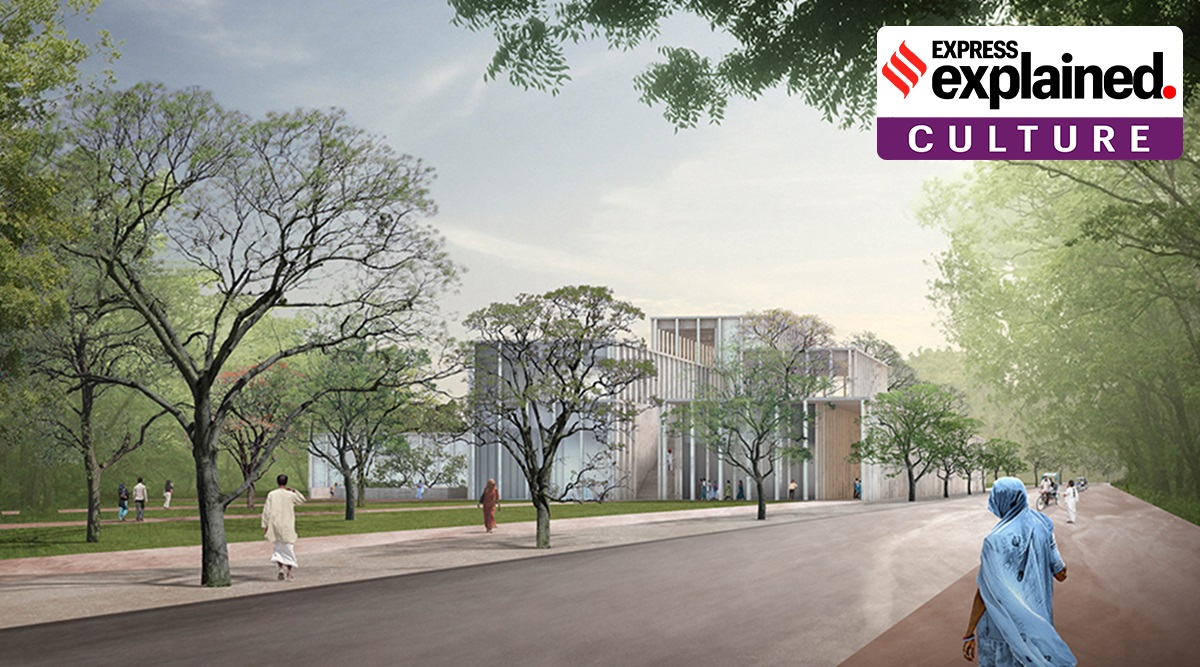top of page
The Indian Express
September 16, 2020 at 8:00:00 PM

Please choose and click one of the following icons to discuss about this news in our Community.
Explained: 700-plus places in India that bear the names of Mughals today
Questioning “how Mughals can be our heroes”, Uttar Pradesh Chief Minister Yogi Adityanath on Monday (September 14) decided to name the upcoming “Mughal Museum” in Agra after Chhatrapati Shivaji Maharaj.
How strong is the imprint of the Mughals across India?
The rule of the Mughals (1526-1857) is entwined inseparably with India’s history and culture. Apart from the historical monuments that they have left behind, the most visible legacy of their rule today is in the various towns and villages across India that bear their names.
Of the 6 lakh cities, towns, and villages that make up the country, as many as 704 carry the name of the first six Mughal emperors, viz., Babur, Humayun, Akbar, Jahangir, Shahjahan and Aurangzeb.
The empire was its strongest during the period from the ascension of Akbar to the throne in 1556 and the death of Aurangzeb in 1707. The dynasty was founded by Babur, who defeated the Sultan of Delhi Ibrahim Lodhi in the first battle of Panipat in 1526 and ruled for the next four years. Babur’s son, Humayun lost control over the kingdom during a period of turmoil, which saw the Afghan Sur dynasty establish itself over a very large part of North India from around 1540 (when Sher Shah Suri defeated Humayun in the battle of Kannauj) to 1555-56.
An official spokesperson said Adityanath’s government stood for the nationalist ideology, and “anything which smacks of subservient mentality will be done away with”.
“How can our heroes be Mughals?” the spokesperson said. “The very name of Shivaji will invoke a feeling of nationalism and self-esteem”.
bottom of page









